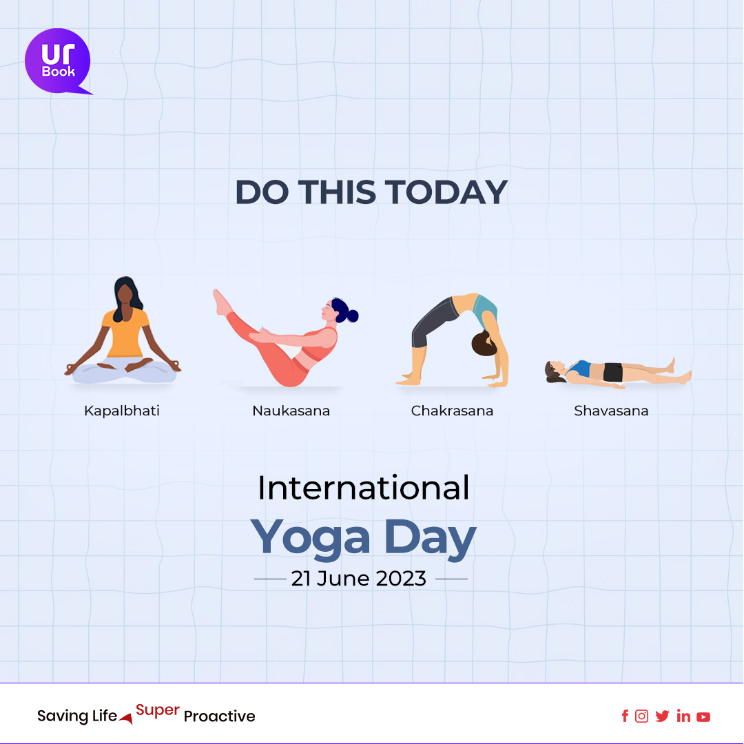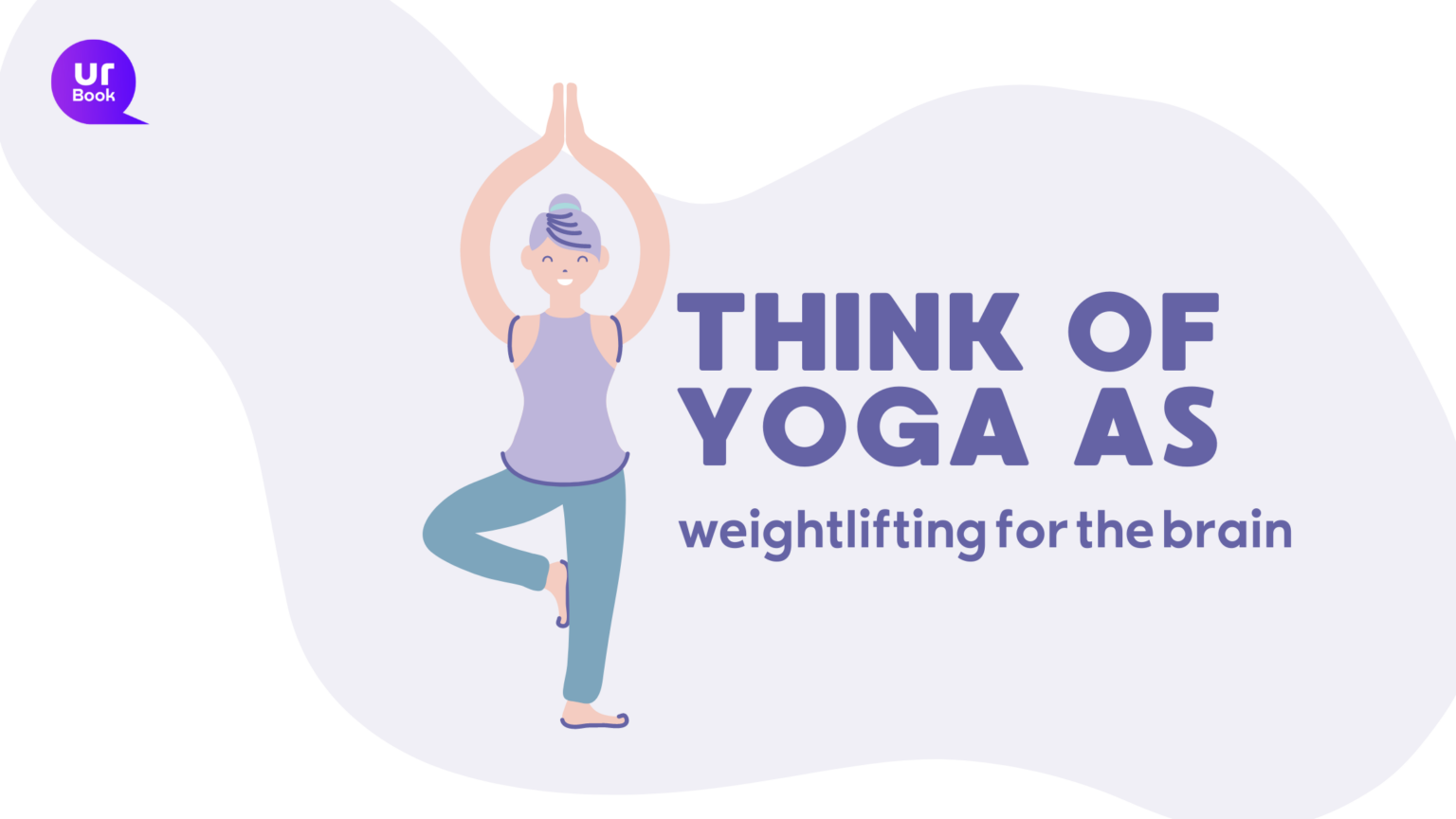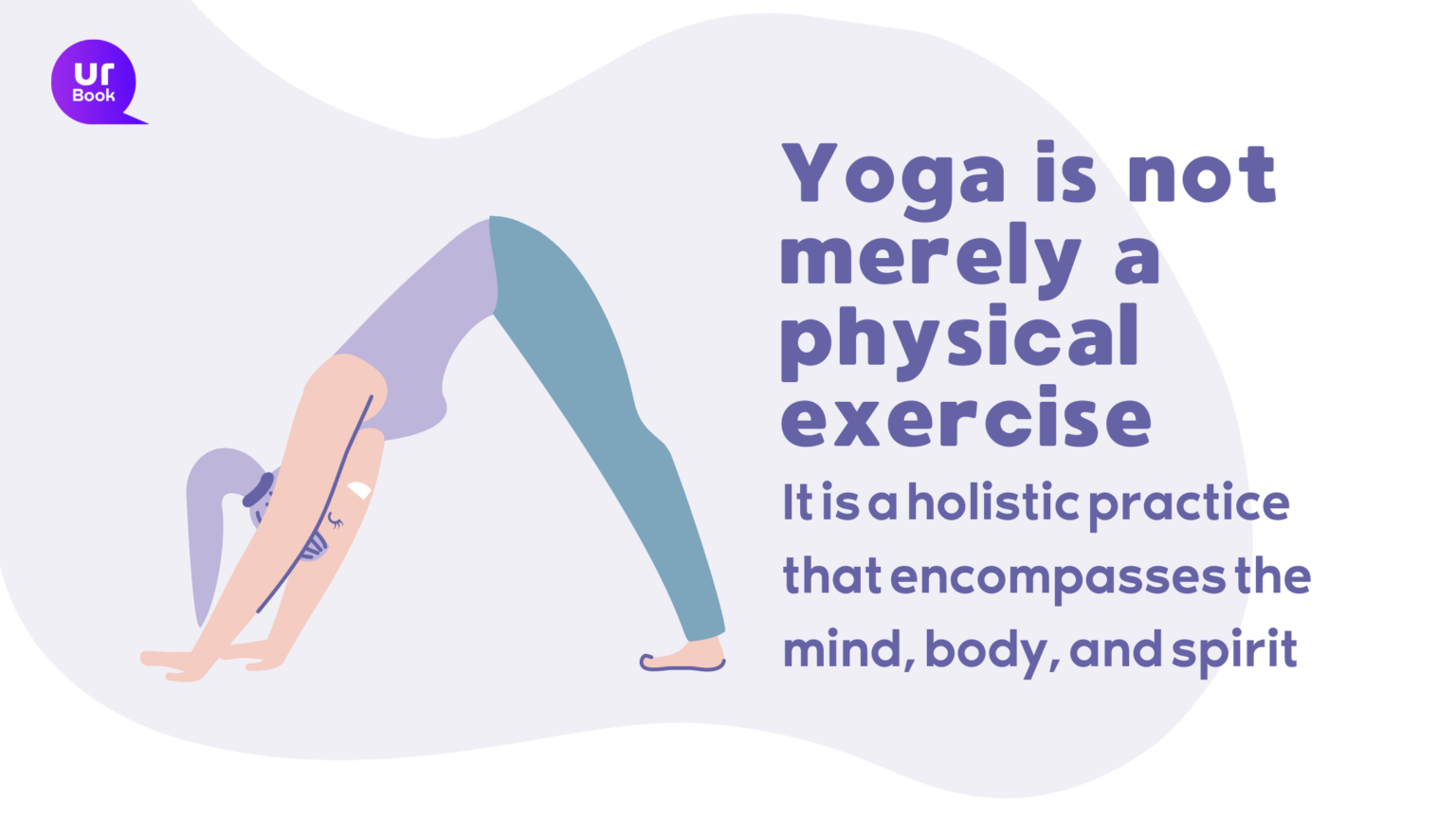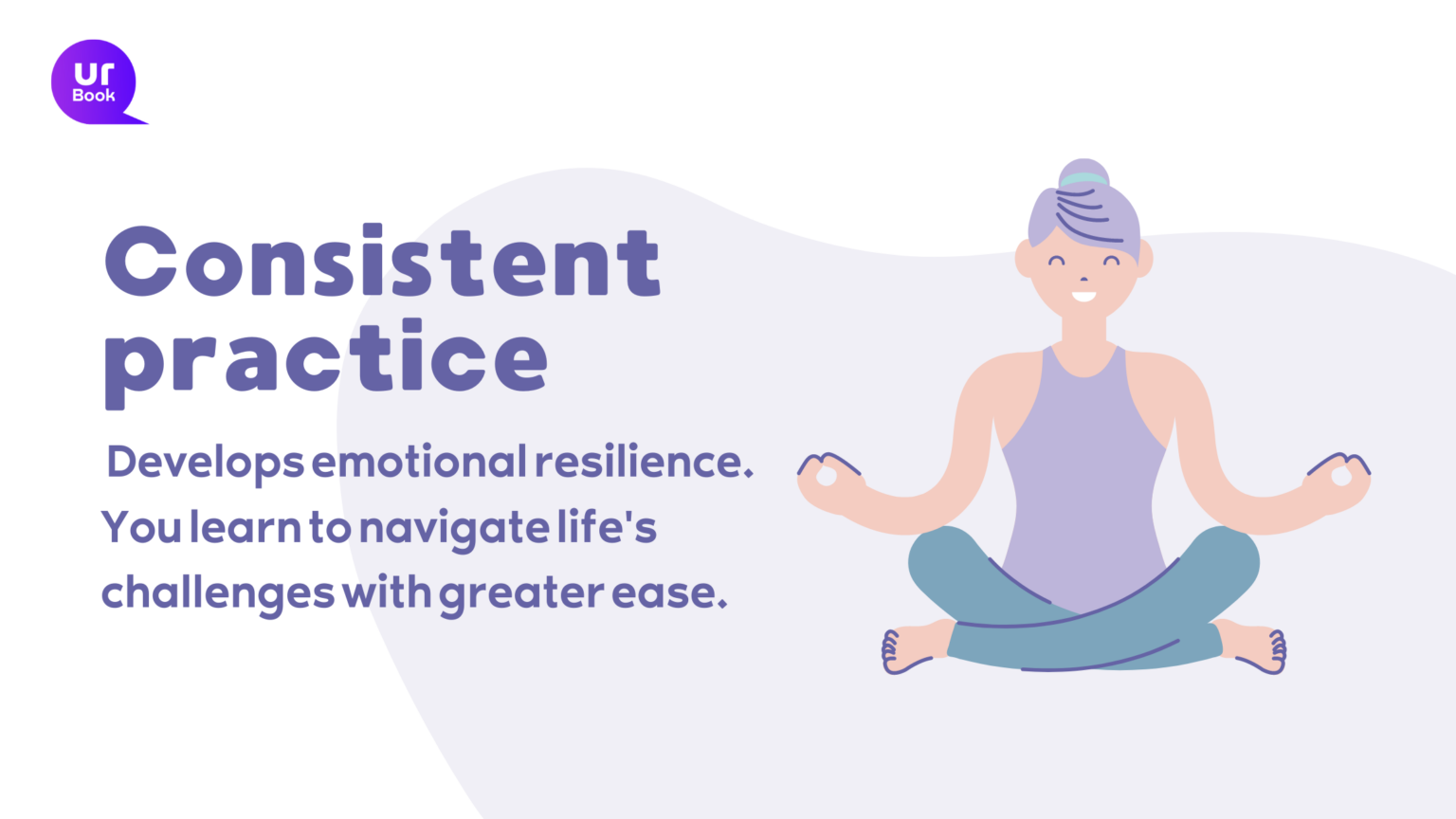
International Yoga Day, Fast and faster: those are the only 2 speeds our internal gears have in this fast-paced world. Peace and tranquillity have become collateral damage to the constant demands of work, relationships, and responsibilities.
The result?
We’re stressed and overwhelmed.
We’ve forgotten how to be kind and gentle to ourselves. However, amidst this hectic chaos, you can find a sanctuary of calm this International Yoga Day.
Chaos to calm: how yoga rewires your brain for mental well-being
There is a growing body of evidence that yoga directly impacts the nervous system and brain structure. It strengthens the brain, changing how you perceive stress and experience anxiety. Its practice brings you back to the present moment and cultivates mental well-being.

There’s documented proof that regular yoga increases brain’s grey matter that’s related to attention, self-awareness, and emotional regulation. These structural changes improve cognitive function, emotional stability, and the ability to navigate challenges with greater ease.
And it’s not just mental health.
Yoga also helps with physical health to shrink stress, and the biggest example is the psoas, the long muscle that connects the legs and spine. The psoas is often the seat of stress because the muscles are constantly in communication with the nervous system.
So, when you feel unsafe or when your fight, flee, or freeze instinct is activated, it fires up the psoas. The muscle contracts, tightens, and holds more tension than it should. Some yoga poses help loosen the muscles, making them supple, grounding your body, and releasing stress.
The healing magic of yoga: managing stress, anxiety, and depression
Regular yoga also lessens stress hormones, lowers blood pressure, and improves overall mood. It does so by combining gentle movements, conscious breathing, and meditation. And when you mix them together, you get the perfect recipe for managing stress, anxiety, and depression.

How does yoga help break free from stress?
Techniques such as pranayama (deep, conscious breathing exercises) activate the parasympathetic nervous system. It stimulates the vagus nerve, which in turn triggers a cascade of physiological responses, forcing the body to relax and get rid of anxiety.
While this conscious regulation of the breath is a fundamental element of yoga to find a sense of calm amidst frenetic daily life, meditation is another. When you engage in yoga, the focus shifts from the external world to internal sensations, thoughts, and emotions.

Unleashing inner Zen with yoga: emotional resilience and mental clarity
Moving through the postures creates a state of flow that calms the mind and brings you into the present moment. The inward focus forces attention to the sensations in the body, the breath, and the thoughts that arise. You become grounded, and that allows you to observe your own thoughts without judgement.
You break the vicious cycle of worries, rumination, and negative thinking. Furthermore, you’re able to acknowledge what is stressing you, gaining mental clarity and stability. And this self-reflection and acceptance cultivate a more peaceful internal state.
And the best part?
Because yoga makes you more mindful and self-compassionate, you develop a kinder and more accepting relationship with yourself. So, you’re less self-critical, giving your emotional health more breathing space.

Finding balance in a busy world: yoga
In the rushed, mushed blur of activity of modern life, it is essential to carve out moments of mindfulness and self-care. Yoga, with its profound connection to the present moment, offers you a guaranteed path to mental well-being, emotional resilience, and an enhanced overall quality of life.
So, why not take a few minutes each day to roll out the yoga mat, breathe, and reconnect with the peace that resides within you?
Remember, yoga is a personal journey, and it’s important to listen to your body and honour your own limits. If you’re a beginner, start here.
1. Be aware of your body.
Simply sit with your eyes closed and intentionally scan the body, from the soles of your feet to the crown of your head. Move slowly through each part of the body.
2. Be grounded.
Use a calming yoga sequence with supine poses to be attuned to your body and more connected.
3. Practice pranayama
Actively follow your breath as you move through poses or just meditate. The smooth motion lands like a tidal wave on your nervous system, taking away stress and leaving behind a relaxed body.
4. Be consistent.
Do yoga every day. It will train your mind and body to be more aware and stable. So even when challenging and stressful situations arise, you respond to them with equanimity.
So, on this international yoga day: Take a deep breath, step onto the mat, and let the journey begin!
On this International Yoga Day, let us come together to honor the ancient practice that unites mind, body, and soul. Embrace its transformative power and cultivate a healthier, happier world. Namaste!
